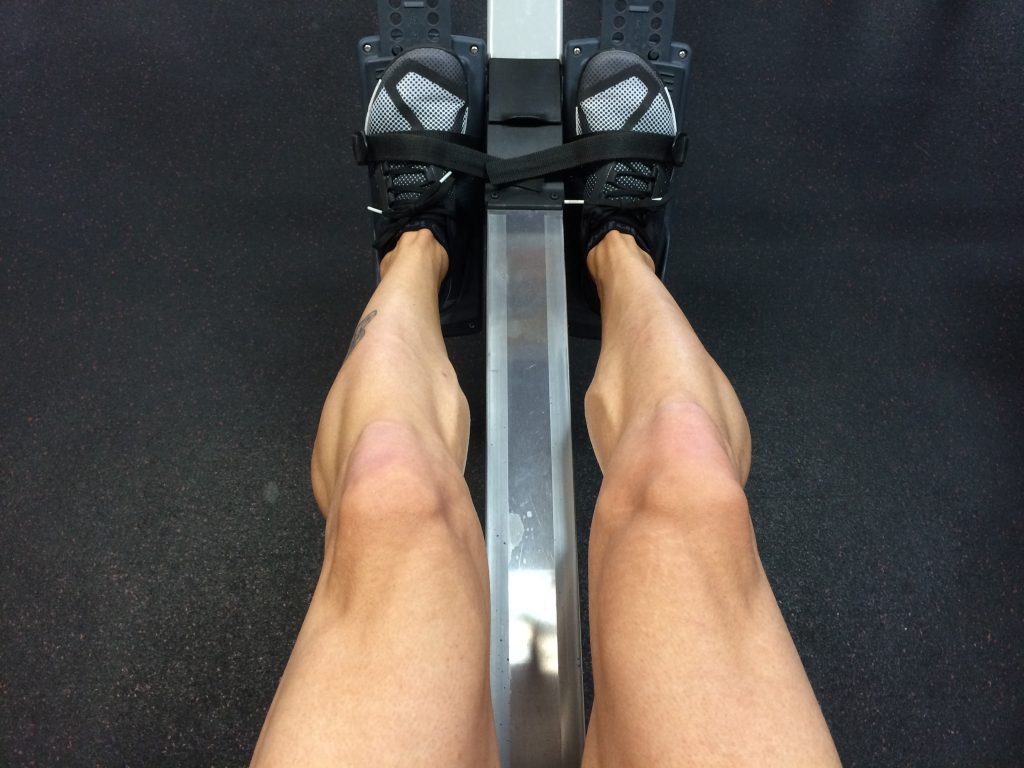
Primary Muscle Groups to Target for Healthy Legs
For those of us who spend a lot of time sitting, the muscles in our legs can become unbalanced. This leads to one leg being stronger than the other and often causes pain and discomfort.
This article will cover how to identify and treat muscle imbalances in the lower body, including identifying which muscles are too strong or too weak on each side, as well as exercises that can be done at home or at the gym to help balance out these muscle groups.
In-Depth Guide on the Causes of Leg Muscle Imbalance and Why it is So Dangerous
The human body is a complex machine, and when one part of it is not working properly, it can lead to serious consequences. One such consequence is leg muscle imbalance. This condition can lead to pain in the legs and an inability to walk without limping. It also increases the risk of developing osteoporosis, which makes the bones more likely to break.
In this article we will explore what causes leg muscle imbalance and why it can be so dangerous for your health.
How a PT Can Help You Balance Your Legs and Ankles
The ankle joint is a hinge joint that connects the foot to the lower leg. The two bones of the lower leg, the tibia and fibula, meet at this joint.
Ankle pain can be caused by overuse from activities such as running, jumping or climbing stairs. It can also be caused by an injury such as a sprain or fracture.
Physical therapy is a type of treatment that may help you reduce your ankle pain and strengthen your muscles around your ankles. This might include exercises to stretch and strengthen calf muscles, Achilles tendon and shin muscles.
Physical therapists may use modalities such as heat therapy, cold therapy, ultrasound or electrical stimulation to help relieve pain and increase range of motion in your ankle joint.
The Effects of Leg Muscle Imbalance on Normal Activities
The human leg is made up of two major muscle groups: the quadriceps and the hamstrings. Quadriceps are on the front of the thigh, while hamstrings are on the back. When one of these muscles becomes tight, it pulls against its opposing muscle group, which can cause pain and injury.
Some people have a natural imbalance between their quadriceps and hamstrings, which can lead to problems with walking, running, or even sitting for long periods of time. The most common symptom is pain in one or both knees.
How to Improve Low Quality of Life Due to Leg Muscle Imbalances Through Exercises & Therapy
The exercises and therapy can improve the quality of life by reducing pain and improving mobility.
The first line of defense is to start with a physical therapist. The therapist will be able to perform a physical exam, identify the underlying causes of the issue, and prescribe appropriate exercises and therapy.
The second step is to do some self-care at home. It’s not always possible to get to a physical therapist, so it’s important for people with bad knees to do as many stretches as they can throughout the day. One great stretch is called “the couch stretch.” This stretch targets all three major muscles in the front of your thigh – your quadriceps, iliotibial band (IT band), and hamstrings – that are often tight on people with bad knees.